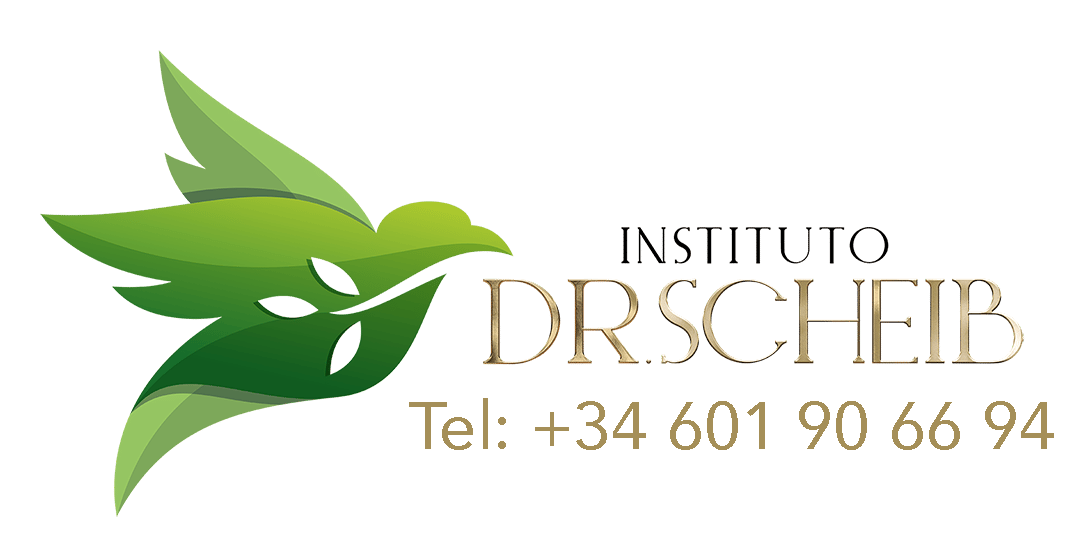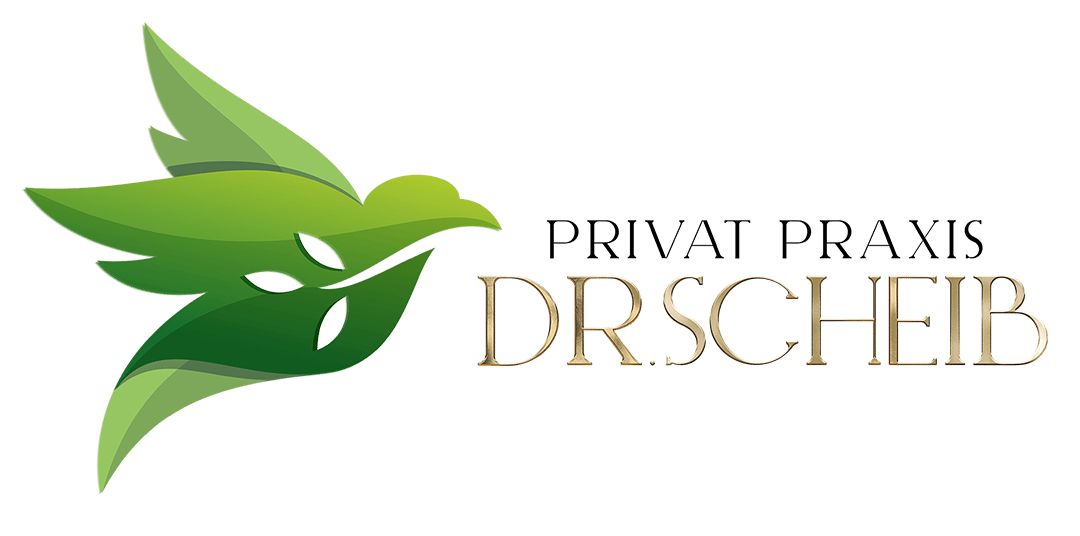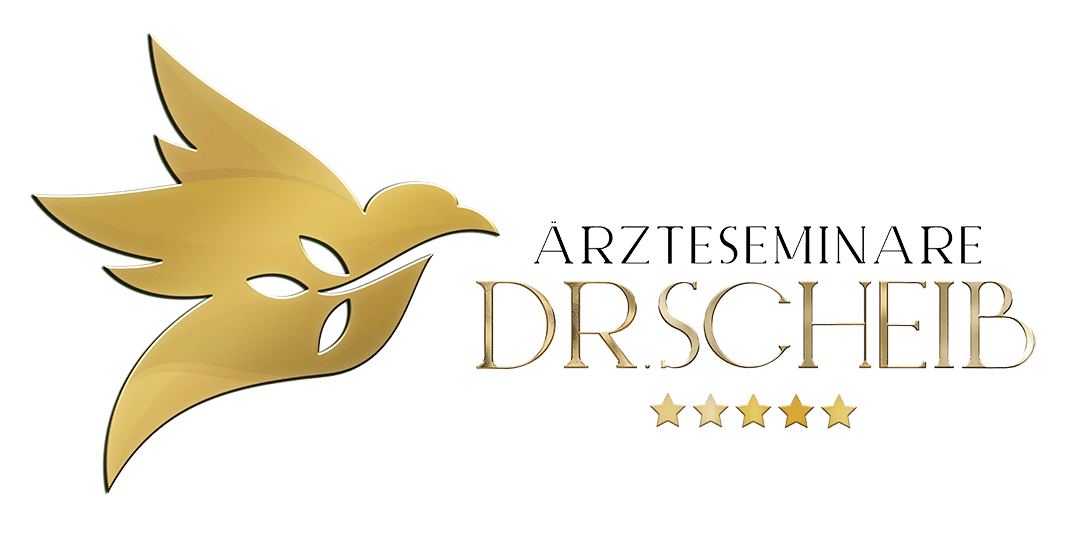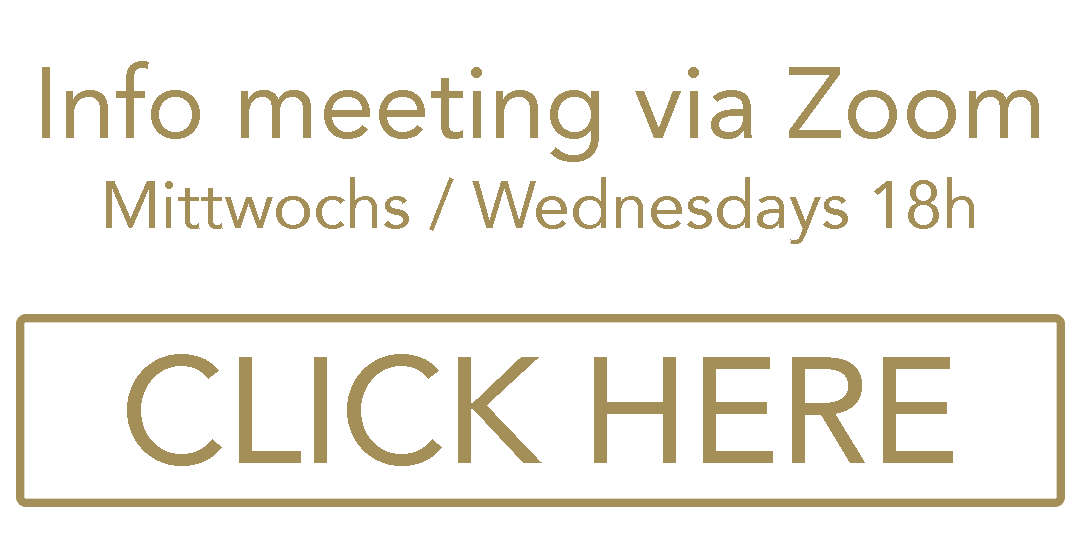Psychotherapy methods in our clinic
Psychotherapy methods have to be adapted to each patient. Every individual is different, with his or her own preferences, strengths and weaknesses. So in situations of crisis, or when they are ill, every individual needs tailor-made help. There is not just one single effective course of psychotherapy. The psychotherapy methods and the psychotherapist must fit the personality of the patient and his or her problem. This is why our team offers different psychotherapeutic methods which can be offered individually or in combination according to the patient.
If you are interested in our therapies, get in touch with us now!
Psychodynamic psychotherapy
The theoretical basis of depth psychology oriented psychotherapy is psychoanalysis together with its ongoing developments. One of the key assumptions is that unconscious conflicts rooted in the patient’s life history later lead to impacts on experience and behaviour. The identification and the awareness of these conflicts, and the way the therapist-patient relationship is handled, lead to the disappearance or improvement of the symptoms. This results in greater inner freedom and zest for life.
Depth psychology oriented psychotherapy is considered to be the standard method in German psychotherapy guidelines. It is accepted as scientifically proven and effective for many disorders.
Treatment normally takes place on an out-patient basis once or twice a week while sitting down. We offer our patients one to two sessions per week. It is also possible to carry out this therapy during walks; in this situation the thoughts sometimes flow more freely. Greek schools of philosophy and monks in medieval times used to exploit this effect.
Behaviour therapy
Cognitive behaviour therapy (CBT)
Cognitive behavioural therapy is one of the most common and best researched forms of psychotherapy. It combines two therapeutic approaches: cognitive therapy and behaviour therapy. Which treatment method is used depends on the problem, illness or disorder involved. The fundamental hypothesis of the therapy is, however, always the same: what we think, and the way we feel and act, are directly related. These factors have a decisive influence on our well-being. Cognitive behaviour therapy (CBT) is a problem-oriented strategy. It is about working on current problems and finding solutions for them. Cognitive behaviour therapy is used, among other things, for treating depression, anxiety and compulsive behaviours, and also addictions. It is also used for physical illnesses such as chronic pain, tinnitus and rheumatism, It helps sufferers to cope better with these ailments.
Classic behaviour therapy
The term behaviour therapy does not stand for a uniform therapeutic approach but for a group of different psychotherapeutic methods. The underlying theory is that psychological disorders are based on learned behaviours and thus they can also be unlearned. Behaviour-therapeutic treatment methods influence the conditions that are associated with the psychological disorder. These include environmental factors and the behaviour of other people, as well as the person his or herself; for example their thoughts. For a person with an inordinate fear of dogs, this means that the affected person should seek out contact with dogs under the close guidance / instructions of the therapist in order to be able to revise their learning experience that “dogs are dangerous and should be avoided at all costs” through new experiences with dogs. In this way the person affected learns, step by step, to get around once more without fear.
The combination of behaviour therapy with ketamine therapy is new in the treatment of addictions and other psychological pathologies. Thus, as part of a combined approach, the addiction memory can, in certain cases, be overwritten (Ravi Das, 2019)
Read more about Ketamine therapy for addictions
Treatment of anxiety disorders using virtual reality
Behavioural confrontation therapy has long proved its value in the treatment of phobias and compulsions. The process involves the therapist working together with the patient in the anxiety-filled situation, in which the patient then learns about using relaxation techniques and certain exercises to reduce their own anxiety. This method is effective, but takes a lot of time. Recently a number of studies have shown that treating anxiety in virtual reality is also effective. In this process the patient confronts their fears using VR glasses and special programs. Significantly more confrontations can be handled over the same period using this method than when using exposure training in vivo, meaning that therapy is faster and simpler. We do, of course, also carry out real-life exposure training.

Virtual reality goggles during psychotherapeutical treatment
Motivational interviewing
This therapeutic approach emphasises the fact that it is necessary to understand the client’s inner frame of reference and current concerns. The discrepancy between behaviour and moral values is emphasised. With both motivational interviewing and client-centred therapy the therapist creates the conditions for growth and change. In the sessions he or she teaches the fundamental attitude of appropriate sensitive understanding (empathy) and a positive appreciation that is not bound to conditions.
Motivational interviewing is suitable for counselling in the cases of alcohol, nicotine, medication and drug problems, for risk behaviour, and also for adolescents and difficult decisions. When applied in combination with the concept of freedom of choice (Luc Isebaert, 2009) it represents one of the most effective methods of brief therapy for addictive disorders and harmful substance use.
Miller und Rollnick defined motivational interviewing as “a directive client-centred counselling style for eliciting behaviour change by helping clients to explore and resolve ambivalence” (2009, P. 47). It has strong roots in client-centred therapy as developed by Carl Rogers (1951, 1959).
EMDR trauma therapy
The EMDR therapy method (Eye Movement Desensitisation and Reprocessing) is particularly suitable for treating the consequences of trauma. In the case of post-traumatic stress disorder, the brain is unable to cope with processing an overwhelming trauma in combination with its own helplessness. Feelings and memories are stored differently, and subsequent processing of the experience is impeded. The theory is that synchronisation of the brain hemispheres through bilateral stimulation, e.g. eye movements, will enable the traumatic memories to be newly edited.
Following a detailed medical history and a stabilisation phase, guided rapid horizontal eye movements will be used to free the memories from their paraesthesia.
EMDR is evidence-based and is recommended by the WHO for treatment of post-traumatic stress disorders. Nowadays this method of therapy is also successfully used for anxiety disorders, as well as for treating alcohol and drug dependency.
Gestalt therapy
Gestalt therapy, developed by Fritz Perls, is one of the group of humanist therapies. Gestalt is one of the most effective current approaches in modern psychology. Whether you want to add fresh momentum to your life or you want an effective solution for disorders in clinical psychology, gestalt therapy provides equally good results. The approach is always adapted to current conditions and centred in the here and now. When we focus on the present, future-related fears and feelings of guilt about the past disappear.
The therapeutic process searches for change. Everyone has his or her own ways and solutions to find this. Gestalt therapy encourages and guides the individual process so that solutions are found.
Gestalt means assuming responsibility and not guilt for what has happened to us. If we change ourselves, our environment will, so to speak, change with us. Instead of manipulating ourselves, we are focused on our own action.
In the gestalt process we know that an issue will continue to surface until we finally bring it to a conclusion; that is, we break the vicious circle. Once we recognise the pattern, specific situations will be closed and will no longer repeat themselves.
Gestalt therapy is an integrative therapy, and the learning process is directly implied by the experience. Gestalt differs from conventional talk therapy in that body language and other forms of expression are involved. .
The aim of Gestalt therapy is to make us aware of the way we act and react in certain situations. Change is only possible if we have that awareness.
Hypnosis/hypnotherapy
Medical hypnosis is a recognised psychotherapeutic method of providing effective help in solving problems, and of healing or alleviating disorders and (acute, chronic, psychosomatic and physical) illnesses. Treatment is tailored to the patient: the therapist establishes goals with the client; these are monitored in further consultations and their progress is reviewed at the end of the course of treatment. A prerequisite for successful therapy – as with any other form of therapy – is the building of a trusting relationship for the pursuit of the jointly defined objectives. In order to support the process of healing, searching and learning, either hypnosis in the more formal sense is practised or ordinary trance processes are used for the therapeutic work. Alongside this, hypnotherapy may also be structured as self-hypnosis training or learning of deep relaxation exercises.
Hypnosis is also a method that can be used in particular to influence chronic pain and the side-effects of medication, as well as diseases of the immune system. For this reason it plays an increasing role in pain therapy, oncology and palliative medicine.
The combination of hypnosis with ketamine infusions is new, for example in the treatment of depression and compulsions, as well as for addictive disorders. The effects of the two methods complement each other and often lead to faster and more sustainable results.
Equipment-based methods
In the last few years, alongside psychotherapy, equipment-based methods have increasingly been used for treatment of psychological and psychosomatic disorders. They have proved to be highly effective in treating depression, compulsions, ADHS and addictive disorders. It is also true here that not every method suits every person, and only after an in-depth diagnosis will the indication for one method or another be determined. We implement these methods as part of our overall psychosomatic concept.
Read more about our equipment-based psychotherapy
Therapy costs
If you wish to, or have to, pay for your therapy yourself, we want you to feel confident that you will not be confronted with unforeseen costs at the end of your course of treatment.
Depending on the diagnosis and the intensity of the treatment, the costs for out-patient treatment will be between €1000 and €3000 per week for a therapy period of two to a maximum of three weeks.
No matter how intensive your treatment is, we guarantee an upper limit of €3000 per week for out-patient treatment. This includes psychotherapy, sports therapy, rTMS, neurofeedback, ketamine infusions, hypnosis, physiotherapy and all other therapies offered by the field of psychosomatic medicine.
Payment in 12 (more by agreement) monthly instalments is also possible at no extra charge.
We are happy to work out a personalised offer for your therapy with us.








